Californie++Mg++-ATPase Activity Assay Kit
Note: Prenez deux ou trois échantillons différents pour la prédiction avant le test.
Équipement d'exploitation: Spectrophotomètre
Chat non: BC0960
Taille: 50T/24S
Composants:
Réactif I: Liquide 30 mL×1. Stockage à 4℃.
Réactif II: Liquide 4 mL×1. Stockage à 4℃.
Réactif III: Poudre × 2. Stockage à -20℃. Dissolve thoroughly with 1 mL d'eau distillée avant utilisation. The rest reagent can be kept at -20℃ for one week.
Réactif IV: Liquide 2 mL×1. Stockage à 4℃.
Réactif V: Poudre × 1. Stockage à 4℃. Dissolve thoroughly with 3 mL d'eau distillée avant utilisation. Réactif VI: Poudre × 1. Stockage à 4℃. Dissolve thoroughly with 15 mL d'eau distillée avant utilisation, can be kept at 4℃ for one week.
Reagent VII: Poudre × 1. Stockage à 4℃. Dissolve thoroughly with 15 mL d'eau distillée avant utilisation, can be kept at 4℃ for one week.
Reagent VIII: Liquide 15 mL×1. Storage at RT.
Solution standard: Liquide 1 mL×1. 10 μmol/mL standard phosphorus liquid, stockage à 4℃.
0.5 μmol/mL standard phosphorus working solution: Dilute the 10 μmol/mL standard 20 times with distilled water to 0.5 μmol/mL standard. Par exemple: ajouter 1.9 mL d'eau distillée pour 0.1 mL of standard, bien mélanger.
Phosphorus fixing reagent:
Prepare reagents for determining phosphorus content: make solution as the volume ratio of H2O: Réactif VI: Reagent VII: Reagent VIII =2:1:1:1, which should be light yellow. It shows lose efficacy if color is changed, phosphorus pollution if color is change to blue. Prepare the reagent when it will be used.
Note: It is better to use new beakers, glass rods and glass pipettes or disposable plastic ware when making reagent to avoid phosphorus pollution.
Description du produit:
Ca++Mg++-ATPase is widely distributed in plants, animaux, microorganisms and cells, which catalyzes the hydrolysis of ATP to form ADP and inorganic phosphorus.
Ca++Mg++-ATPase decomposes ATP to produce ADP and inorganic phosphorus. The activity of ATPase can be detected by measuring the amount of inorganic phosphorus.
Réactifs et équipements requis mais non fournis:
Spectrophotomètre, centrifugeuse de bureau, pipette réglable, bain d'eau, 1 Cuvette en verre ml, mortier/homogénéisateur, glace et eau distillée.
Procédure:
je. La préparation des échantillons:
- Bactéries ou cellules:
Collecting bacteria or cells into a centrifuge tube, centrifugation, and discard supernatant. Suggest add 1mL of Reagent I to 5 million of bacteria or cells. Use ultrasonic to splitting bacteria and cells (placé sur la glace, ultrasonic power 20%, working time 3 secondes, interval 10 secondes, répéter pour 30 fois). Centrifuger à 8000 ×g pour 10 minutes at 4℃ and take the supernatant on ice before testing.
- Tissu:
Ajouter 1 mL of Reagent I into 0.1 g of tissue, broyer complètement sur la glace. Centrifuger à 8000 ×g pour 10 minutes at 4℃ and take the supernatant on ice before testing.
- Sérum: Directly
II. Détermination:
- Preheat spectrophotometer for 30 minutes, ajuster la longueur d'onde à 660 nm, set the counter to zero with distilled water.
- Add the following reagents to EP tube:
| Réactif (µL) | Tube de commande (C) | Tube à essai (T) |
| Réactif I | 130 | 90 |
| Réactif II | 80 | 80 |
| Réactif III | 40 | 40 |
| Réactif IV | 40 | |
| Échantillon | 200 | |
| Bien mélanger, then place the reaction solution in a 37℃ (mammifère) ou 25 ℃ (autres espèces) bain-marie pour 10 minutes. | ||
| Réactif V | 50 | 50 |
| Échantillon | 200 | |
| Bien mélanger, centrifuger à 4000 ×g pour 10 minutes at room temperature, prends le surnageant. | ||
- Determination of phosphorus content, add the following reagents to 1.5 mL EP tube:
| Réactif (µL) | Tube vierge (B) | Tube standard (S) | Tube de commande (C) | Tube à essai (T) |
| 0.5 μmol/mL standard phosphorus liquid | 100 | |||
| Surnageant | 100 | 100 | ||
| Eau distillée | 100 | |||
| Reagents for determining phosphorus content | 1000 | 1000 | 1000 | 1000 |
Bien mélanger, then place the mix solution in a 40℃water bath for 10 minutes. Cooling to room temperature and detect the absorbance at 660 nm. The blank tube and standard tube just need one or two tubes.
III. Calcul:
- Sérum:
Définition de l'unité: One unit of enzyme activity is defined as the amount of enzyme catalyzes the decomposed of ATP to produce 1 μmol of inorganic phosphorus per hour every milliliter of serum.
Ca++Mg++-ATPase (U/mL)=Cs×[ΔA(T)-ΔA(C)]÷[ΔA(S)-ΔA(B)]×Vrv÷s÷T
=7.5×[ΔA(T)-ΔA(C)]÷[ΔA(S)-ΔA(B)]
2. Tissu, bactéries, ou cellules
- Concentration en protéines:
Définition de l'unité: One unit of enzyme activity is defined as the amount of enzyme catalyzes the decomposed of ATP to produce 1 μmol of inorganic phosphorus per hour every milligram of tissue protein.
Ca++Mg++-ATPase (U/mg prot)=Cs×[ΔA(T)-ΔA(C)]÷[ΔA(S)-ΔA(B)]×Vrv÷(Vs × Cpr)÷T
=7.5×[ΔA(T)-ΔA(C)]÷[ΔA(S)-ΔA(B)]÷Cpr
- Poids de l'échantillon:
Définition de l'unité: One unit of enzyme activity is defined as the amount of enzyme catalyzes the decomposed of ATP to produce 1 μmol of inorganic phosphorus per hour, every milligram of tissue.
Ca++Mg++-ATPase (U/g poids)=Cs×[ΔA(T)-ΔA(C)]÷[ΔA(S)-ΔA(B)]×Vrv÷(Vs÷V1×W)÷T
=7.5×[ΔA(T)-ΔA(C)]÷[ΔA(S)-ΔA(B)]÷W
- bacteria or cells
Définition de l'unité: One unit of enzyme activity is defined as the amount of enzyme catalyzes the decomposed of ATP to produce 1 μmol of inorganic phosphorus per hour every 10000 cells or bacteria.
Ca++Mg++-ATPase (U/104cellule )=Cs×[ΔA(T)-ΔA(C)]÷[ΔA(S)-ΔA(B)]×Vrv÷(Vs÷V1×500)÷T
=0.015×[ΔA(T)-ΔA(C)]÷[ΔA(S)-ΔA(B)]
Cs: Concentrate of standard tube, 0.5 µmol/mL;
Corde: Volume total de réaction, 0.5 ml; Contre: Volume d'échantillon, 0.2 ml;
Cpr: Concentration de protéines de l'échantillon (mg/ml); T: Temps de réaction (min), 1/6 heure;
W: Poids de l'échantillon (g);
Vl: Volume of reagent I, 1 ml;
500: The amount of bacteria or cell, 5 million.
Note
- This kit can detect 24 tubes of Ca++Mg++ -ATPase samples in 50 tubes for each sample need one tube as control.
- This method has the characteristics of trace, sensitive and rapid. The test tubes used for determination are phosphate-free strictly. Avoiding phosphorus pollution is the key to the success of detection.
Exemple expérimental:
- Take of pancreas and add 1 mL of Reagent I for ice bath homogenization. After centrifugation at 4℃ for 10 min, the supernatant is put on the ice and operated according to the determination steps. ΔAT = 0.916-0.389=0.527, ΔAS =0.398-0.004=0.394
Ca++Mg++- ATPase activity (U/g masse) = 7.5 × ΔAT ÷ΔAS ÷ W = 100.32 U/g masse.
- Take 0.1g of willow and add 1 mL of Reagent Ⅰ for ice bath homogenization. After centrifugation at 4℃ for 10 min, the supernatant is put on ice and operated according to the determination steps. The ΔAT=0.137-0.124=0.013, and the ΔAS=398-0.004=0.394
Californie + + Mg + + – ATPase activity (U/g masse) = 7.5×ΔAT ÷ ΔAS ÷ W = 2.47 U/g masse.
Les références
[1] Datiles M J, Johnson E A, McCarty R E. Inhibition of the ATPase activity of the catalytic portion of ATP synthases by cationic amphiphiles[J.]. Biochimica et Biophysica Acta (BBA)-Bioenergetics, 2008, 1777(4): 362-368.
Produits connexes
BC0060/BC0065 Na+K+ — ATPase Activity Assay Kit
BC0300/BC0305 ATP Activity Assay Kit
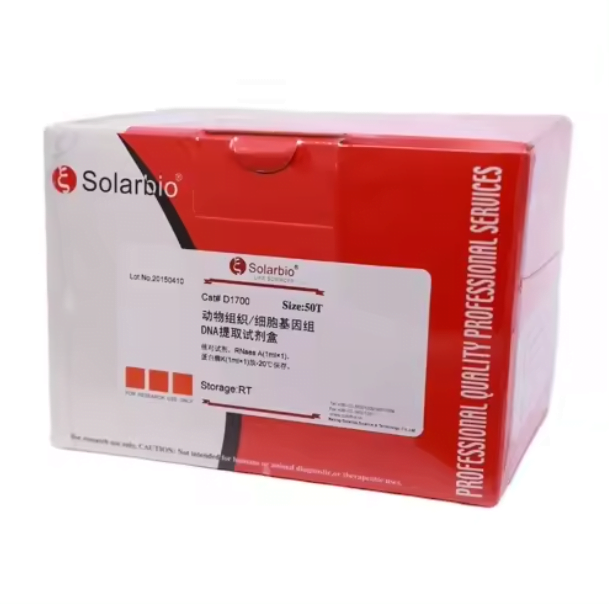
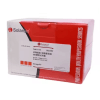
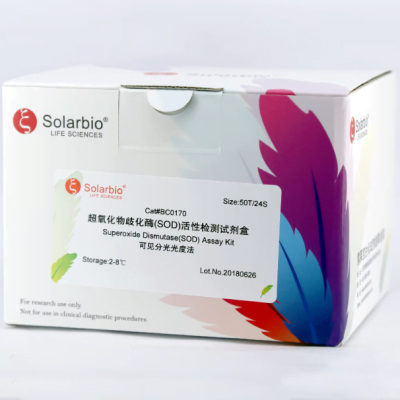
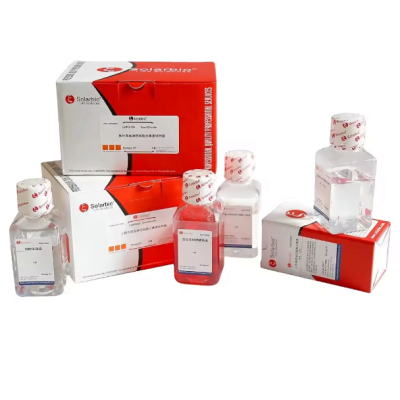
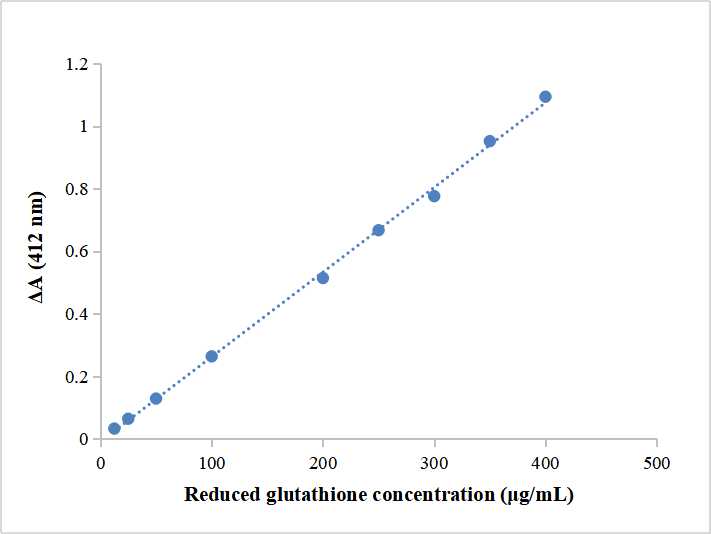
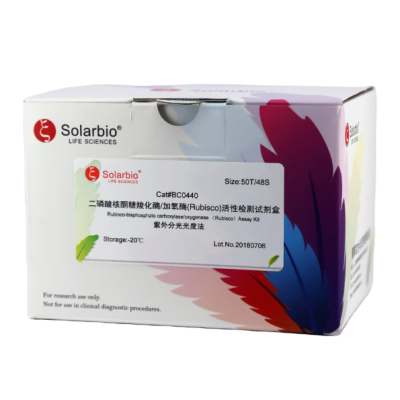

Commentaires
Il n'y a pas encore de critiques.